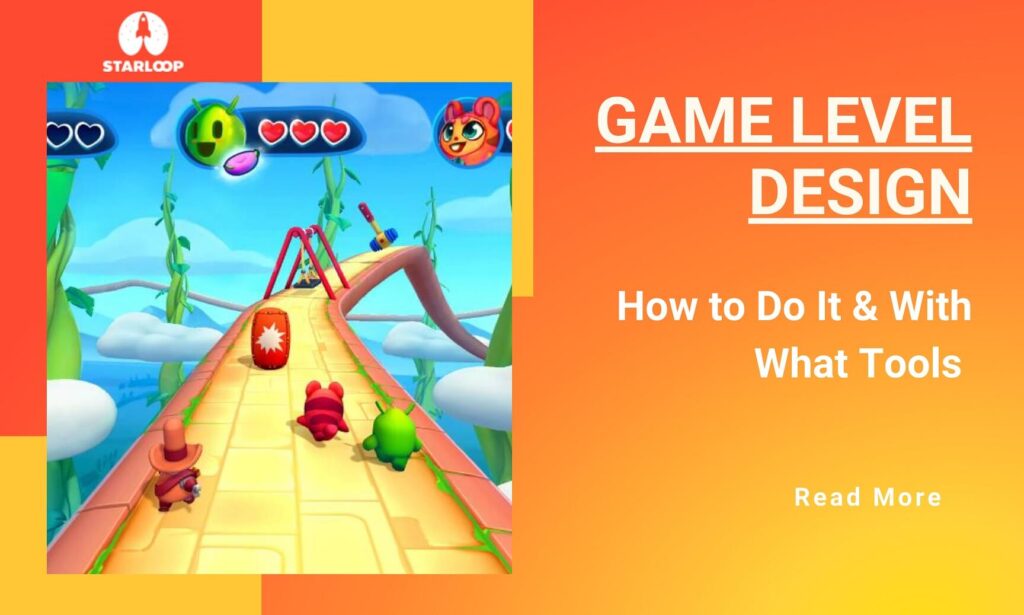Unity is a popular game engine used globally to create high-quality 2D and 3D games for different platforms, including consoles, PC, mobile, and virtual reality devices. This article outlines the steps involved in Unity game development, from concept to completion. The steps include conceptualization, prototyping, development, asset creation, testing and quality assurance, and deployment and release, with tips for each stage. Unity’s intuitive interface, community support, and massive asset store benefit game developers creating high-quality games that engage users. The article concludes by encouraging happy game development, supported by Unity’s extensive resources.
Unity Game Development: From Concept to Completion
Introduction
Unity is a popular game engine used by game developers worldwide to create high-quality 2D and 3D games for multiple platforms, including PC, consoles, mobile, and virtual reality devices. The engine has an intuitive interface, a massive asset store, and a community that provides extensive documentation, tutorials, and support. In this article, we’ll explore the steps involved in Unity game development, from concept to completion.
Step 1: Conceptualization
The first step in Unity game development is conceptualization. During this phase, you should define the core features, gameplay mechanics, and visual style of the game. You can start with brainstorming and mind mapping to generate ideas and filter out the ones that don’t align with your goals.
Once you have a basic idea of the game, you should create a game design document (GDD) that outlines the game’s concept, mechanics, levels, assets, and user interface. The GDD will help you stay organized and focused throughout the development process.
Step 2: Prototyping
After you have a solid game design document, you can start prototyping the game. Prototyping involves creating a playable version of the game that allows you to test the mechanics, controls, and gameplay flow.
You can use Unity’s prototyping tools, such as the 2D and 3D physics engines, animation system, and sound engine, to create a basic version of the game. You can also use third-party assets and plugins from the Unity Asset Store to save time and effort.
Step 3: Development
Once you have a working prototype, you can start developing the game. The development phase involves implementing the mechanics, creating assets, scripting the game logic, and testing the game for bugs and performance issues.
You can use Unity’s integrated development environment (IDE) and scripting language, C#, to write the game code. You can also use other tools, such as visual scripting and code generators, to speed up the development process.
Step 4: Asset Creation
Asset creation is a critical part of Unity game development, as it involves creating the visual, audio, and animation components that make up the game. You can use various software tools, such as Blender, Maya, Photoshop, and Audacity, to create 3D models, textures, sounds, and music.
You can also import assets from the Unity Asset Store or hire artists and sound designers to create custom assets for your game. It’s essential to optimize the assets for the game’s performance and storage requirements.
Step 5: Testing and Quality Assurance
Testing and quality assurance (QA) are essential steps in Unity game development, as they help you identify and fix bugs, glitches, and other issues that may affect the game’s quality and user experience.
You can use Unity’s built-in testing tools, such as Test Runner and Unity Test Tools, to automate the testing process and reduce the time and effort required for testing. You can also hire dedicated QA professionals or use third-party testing services for more comprehensive testing.
Step 6: Deployment and Release
Once you have completed the development and testing phases, you can deploy and release your game to the target platforms, such as Steam, PlayStation Store, App Store, or Google Play Store.
You should ensure that the game meets the platform’s requirements and guidelines, such as the age rating, content restrictions, and technical specifications. You can use Unity’s platform-specific tools, such as Unity for PlayStation, to optimize the game for the target platform.
Conclusion
Unity game development is a complex process that involves multiple phases, from conceptualization to deployment and release. By following the steps outlined above, you can create high-quality games that engage and entertain players. Unity’s extensive documentation, tutorials, and community resources make it easier for developers to learn and master the engine’s features and capabilities. Happy game development!
